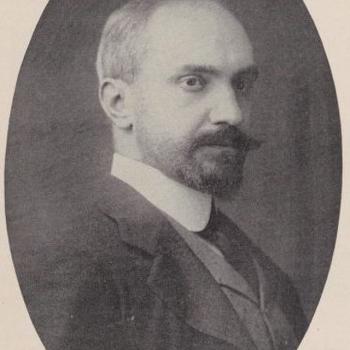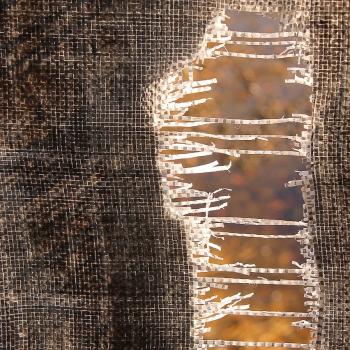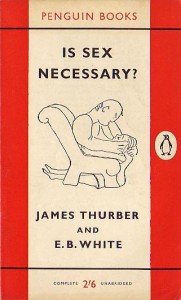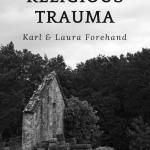Last night I went to the movie, “Hope Springs.” For those who have not seen the previews, this is a movie about a couple (Tommy Lee Jones and Meryl Streep) in a 31 year marriage where the thrill, as they say, is gone. It is about their journey towards getting the juice back into the marriage.
My friend and I were worried about being a minute late and finding a good seat, but we need not have been. The Cineplex theatres, which were packed for action thrillers on a Saturday night, were not sending too many folks the way of this film. As we walked in and looked around, we saw about 20 other viewers. Almost no one under the age of 50 was there. And it was mostly women in pairs or small groups, as my friend and I were. Divorced or separated women? I can only wonder.
The plot of the movie is easily picked up in a five minute trailer: This couple has lost their love, lost their erotic connection, lost their passion in the dull mundanity of daily life. The delight in the movie was in watching very good actors portray characters who dare to live through the pain and the longing for love. I can’t imagine any viewer who would not relate to the story.
As I watched the film, I connected in particular with the character of Tommy Lee Jones. A man who has hardened over, he can barely stand to speak directly from his heart. Instead, he speaks with cynicism, judgment, and disdain for all that is vulnerable and longing. Indeed, it is not until he comes to realize that his wife may in fact leave him that he becomes at all motivated to overcome his loathing for his own vulnerability.
Whether or not we experience this part of ourselves in intimate relationships, in our workplaces, or in our spiritual lives/ relationships with God, I suspect that many of us know it well. We have wanted something for so long, and never got it, that we can no longer stand to want it. It hurts too much. We shut ourselves down.
The gift of watching someone else live through this is enormous. I can’t think of another movie that has shown it so directly and completely. And, if Saturday night’s crowds are any indicators, people would much prefer to have the adrenaline rush of watching heroes battling monstors, space demons, and vampires, than watching normal people battle the fear of intimacy, the terror of connection.
I remember when my daughter was young, and wanted to see the last Star Wars movie. I had heard that it was very violent, and I refused to let her go. She had, I reminded her, had weeks of nightmares after seeing “Lemony Snickets,” a cartoon-like story about young kids who, after their parents die, live with a series of evil adults and must trick their way back to happiness. “But Mom,” she pleaded, “That was different! That was a realistic movie. I will never be a droid warrior!”
I was astonished. Snickets did not pretend to be realistic in any way. None of the characters resembled real people one might meet in life, and the plot was completely unreal. But for my six year old, the terrifying plot premise of being without parents was a real fear, and so the film brought nighmares. I wonder if this is why folks aren’t exactly lining up to see “Hope Springs.” They’d rather experience fears that in no way touch their inner life.
Not me. I’m delighted that people took the time to create a movie as deep as “Hope Springs,” and I’ll recommend it to everyone I know. Realistic? You’d better believe it! But what a gift to have the universal terror of vulnerability and longing safely on the screen in front of us!















